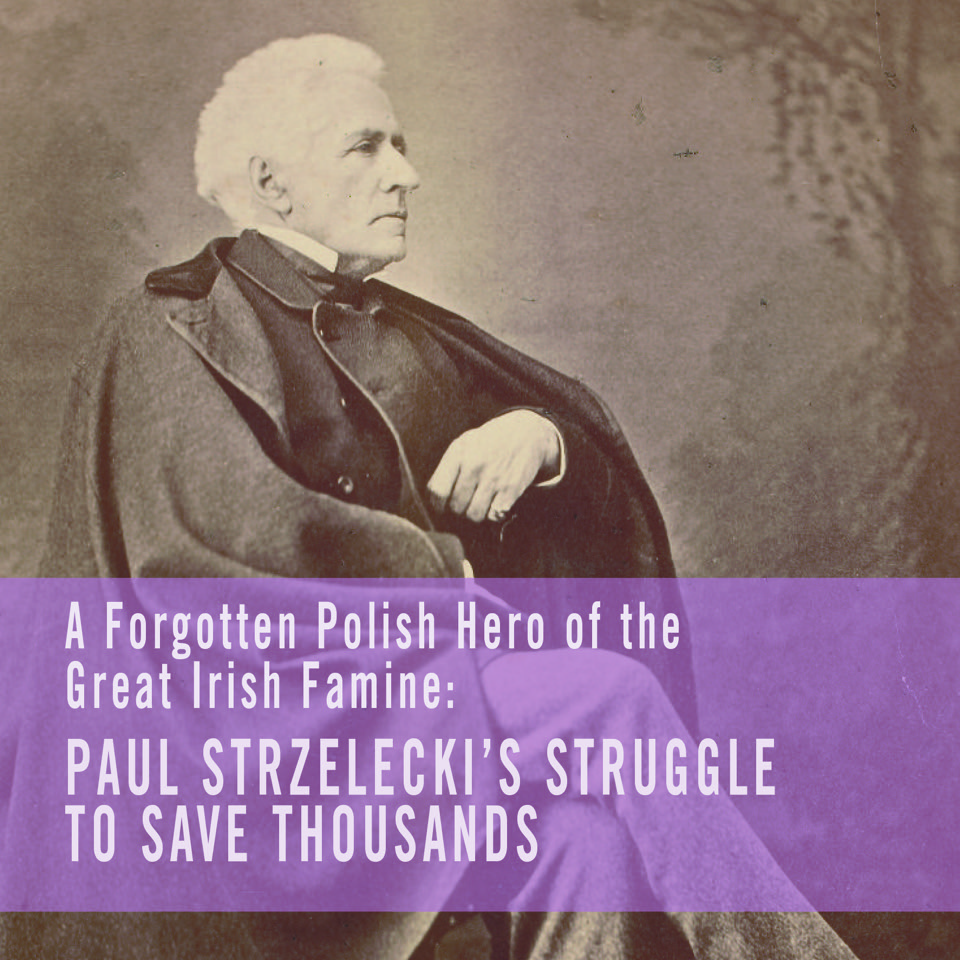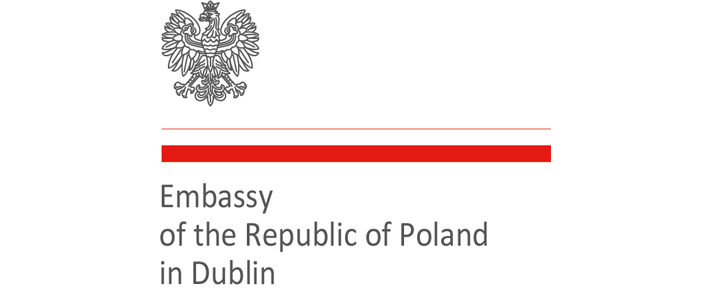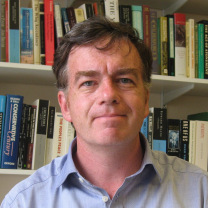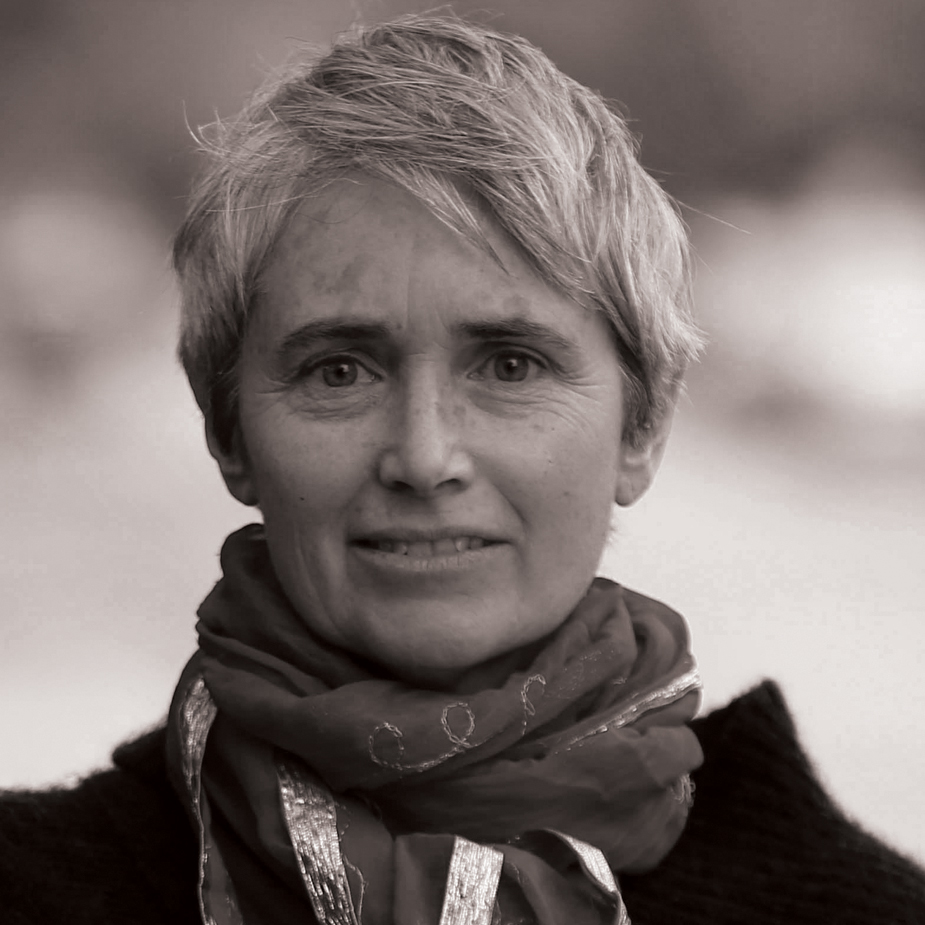About the Exhibition

This historical exhibition explores the fascinating life and achievements of one of the great humanitarians of the nineteenth century, whose contributions to the Great Irish Famine relief have yet to be widely known and commemorated.
Count Paul (Paweł) Strzelecki, a world-renowned Polish explorer and scientist, volunteered to work in Ireland to combat raging Famine over a three-year period (1847-49) as the main agent of the British Relief Association (B.R.A).
In order to alleviate the critical situation of famished Irish families and especially children, Strzelecki developed a visionary and exceptionally effective mode of assistance: feeding starving children directly through the schools. He extended daily food rations to schoolchildren across the most famine-stricken western part of Ireland, while also distributing clothing and promoting basic hygiene.
At its peak in 1848, around 200,000 children from all denominations were being fed through the efforts of the B.R.A., many of whom would have otherwise perished from hunger and disease.
Despite suffering from the effects of typhoid fever he contracted in Ireland, Strzelecki dedicated himself tirelessly to hunger relief. His commitment was widely recognized and praised by his contemporaries, and this exhibition endeavours to bring his achievements and legacy back into the public eye.
People behind the exhibition

This exhibition is a flagship initiative of the Polish Embassy in Dublin dating back to 2016 when the then Ambassador Mr. Ryszard Sarkowicz advocated the idea to commemorate the service of Count Paweł Strzelecki to Ireland. Ms Galia Chimiak and Ms Nikola Sękowska-Moroney, public diplomacy coordinators at the Embassy and curators of the exhibition, were instrumental in raising funds and undertaking basic research to start kick the project. They identified and contacted the academics (Prof. Peter Gray and Assoc. Prof. Emily Mark-FitzGerald) and designer Ger Garland involved in the development of the exhibition.

Peter Gray
(commissioned co-author) is Professor of Modern Irish History at Queen’s University Belfast. He was Head of the School of History and Anthropology 2010-15 and has been Director of the Institute of Irish Studies at QUB since 2016. Professor Gray specializes in the history of British-Irish relations c.1800-70, especially the political history of the Great Famine of 1845-50 and the politics of poverty and land in the nineteenth century. Selected publications include The making of the Irish poor law 1815-43 (Manchester UP, 2009); Famine, land and politics: British government and Irish society 1843–1850 (Irish Academic Press, 1999); The Irish Famine (Thames & Hudson, 1995).

Emily Mark-FitzGerald
(commissioned co-author) is Associate Professor in the School of Art History and Cultural Policy at University College Dublin, where her research concerns Irish art history, visual culture, museum/heritage studies and cultural policy from the 19th c. – present. Since 2014 she has represented Art History on the Historical Studies Committee of the Royal Irish Academy. From 2009-18 she served as one of the Directors of the Irish Museums Association, and is a current board member of Arts and Disability Ireland. Her publications include The Great Irish Famine: Visual and Material Culture (coedited, Liverpool UP, 2018) and Commemorating the Irish Famine: Memory and the Monument (Liverpool UP, 2013).

Ger Garland
was in charge of graphic design of the exhibition and the catalogue. She is a Visual Communication Artist. Steeped in the history and culture section of this island—work ranges from stamp design for An Post; design of historical and cultural exhibitions for, the National Library, National Museum, National Archives, UCD Special Collections, amongst other institutions; to publications, education aids and brand identity. The Strzelecki exhibition for the Polish Embassy was an eye opening education into the benevolence of an ‘outsider’ and his huge contribution to alleviate suffering.
THE EXHIBITION IS PRESENTED BY THE POLISH EMBASSY IN DUBLIN


